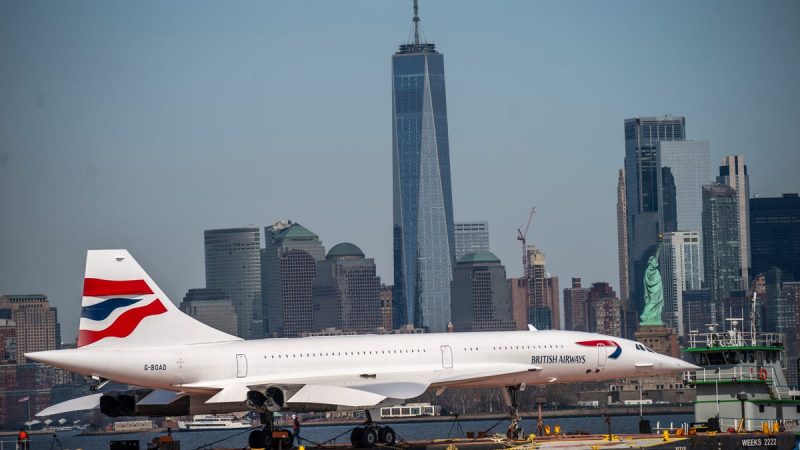
Recent data paints a concerning picture for the US economy: international tourism is significantly down. The International Trade Association has released figures showing a decline of over 11% in non-citizen arrivals by air. This isn’t just a minor dip; we’re talking about a substantial decrease with potentially massive economic consequences.
This drop in tourist numbers translates directly into billions of dollars lost. The tourism industry, encompassing hotels, restaurants, transportation, and countless attractions, relies heavily on international visitors. The ripple effect is felt throughout the economy, impacting jobs and overall growth. While the exact figures are still being tallied, the scale of the economic hit is undeniable and deeply worrying.
Several factors could be contributing to this decline. The strength of the US dollar against other currencies makes travel to the US more expensive for many international visitors. Concerns about safety and political instability might also be playing a role, deterring potential tourists from booking trips. Furthermore, the ease of travel to other destinations, coupled with attractive tourism campaigns in competing countries, could be drawing visitors away from the US.
The situation requires immediate attention. Understanding the underlying causes of this decline is crucial. Targeted research into visitor perceptions and preferences is needed to address any negative perceptions and improve the overall tourism experience. This could involve investing in marketing campaigns that highlight the unique attractions of the United States, improving infrastructure related to tourism, and focusing on initiatives to enhance safety and security.
Ultimately, the future of US tourism, and a significant portion of the national economy, hinges on effectively addressing this decline. Failing to do so will not only result in continued financial losses but also damage the country’s global image as a desirable travel destination.










